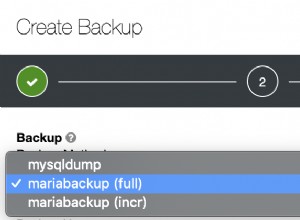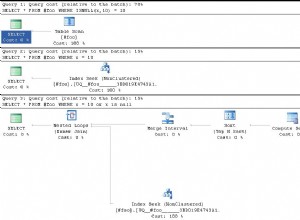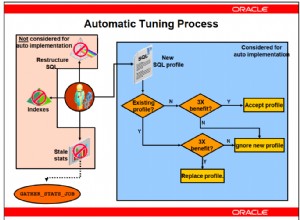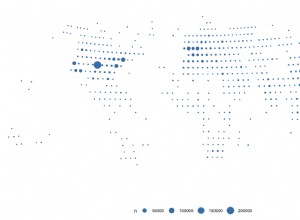El rendimiento aquí sufre de recursivo CTE. CTE por sí solo es azúcar sintáctico.
Solo para estos datos de muestra en particular, esto funciona sin recursividad:
Declare @Tbl as Table(SNO Int,Credit Money,Debit Money,PaidDate Date)
Insert into @Tbl
SELECT * FROM (VALUES (1,0,12,'7Jan16'), (2,10,0,'6Jan16'), (3,15,0,'5Jan16'), (4,0,5,'4Jan16'), (5,0,3,'3Jan16'), (6,0,2,'2Jan16'), (7,20,0,'1Jan16')) AS X(SNO,Credit,Debit,PaidDate);
With CTE1 As (
Select *
, CASE WHEN Credit > 0 THEN LEAD(1 - SIGN(Credit), 1, 1) OVER (ORDER BY SNO) ELSE 0 END As LastCrPerBlock
From @Tbl
), CTE2 As (
Select *
, SUM(LastCrPerBlock) OVER (ORDER BY SNO DESC ROWS UNBOUNDED PRECEDING) As BlockNumber
From CTE1
), CTE3 As (
Select *
, SUM(Credit - Debit) OVER (PARTITION BY BlockNumber) As BlockTotal
, SUM(Credit - Debit) OVER (PARTITION BY BlockNumber ORDER BY SNO ROWS UNBOUNDED PRECEDING) As BlockRunningTotal
From CTE2
)
Select SNO, Credit, Debit
, CASE WHEN BlockRunningTotal < 0 THEN -BlockRunningTotal ELSE 0 END As TotalDebit
, CASE WHEN BlockRunningTotal > 0 THEN CASE WHEN Credit < BlockRunningTotal THEN Credit ELSE BlockRunningTotal END ELSE 0 END As Amount
, PaidDate
From CTE3
Order By SNO;
Esto puede ayudar a evaluar el rendimiento, pero fallará si en cualquier bloque total de Debit s superan el total de Credit s. Si BlockTotal es negativo, entonces debe fusionarse con uno o varios bloques siguientes y eso no se puede hacer sin iteración o recursividad.
En la vida real, volcaría CTE3 en la tabla temporal y recorrería los bloques de fusión hasta que no haya más BlockTotal negativos. s.




